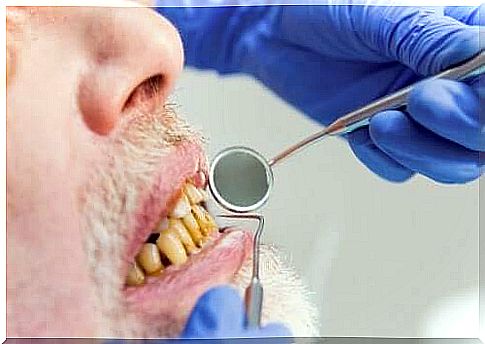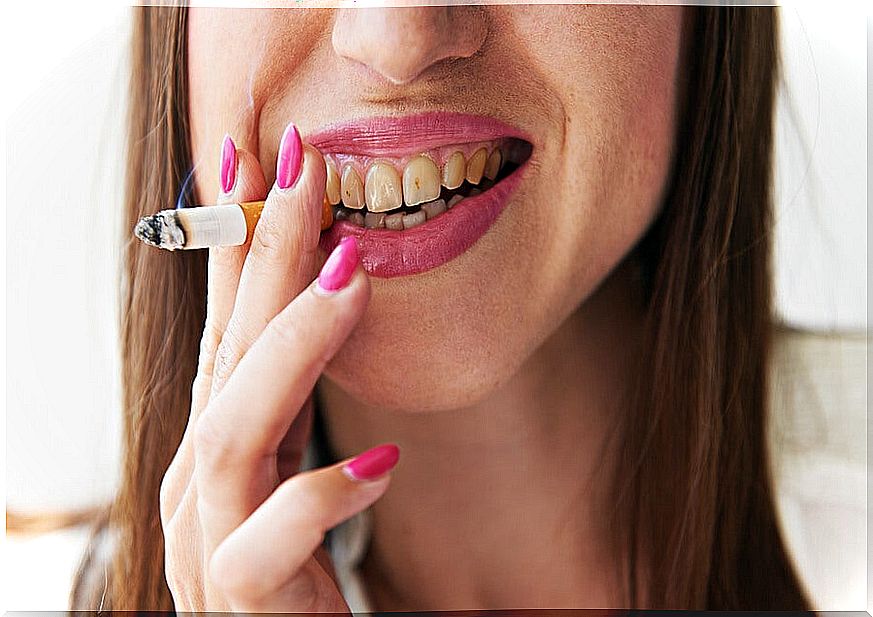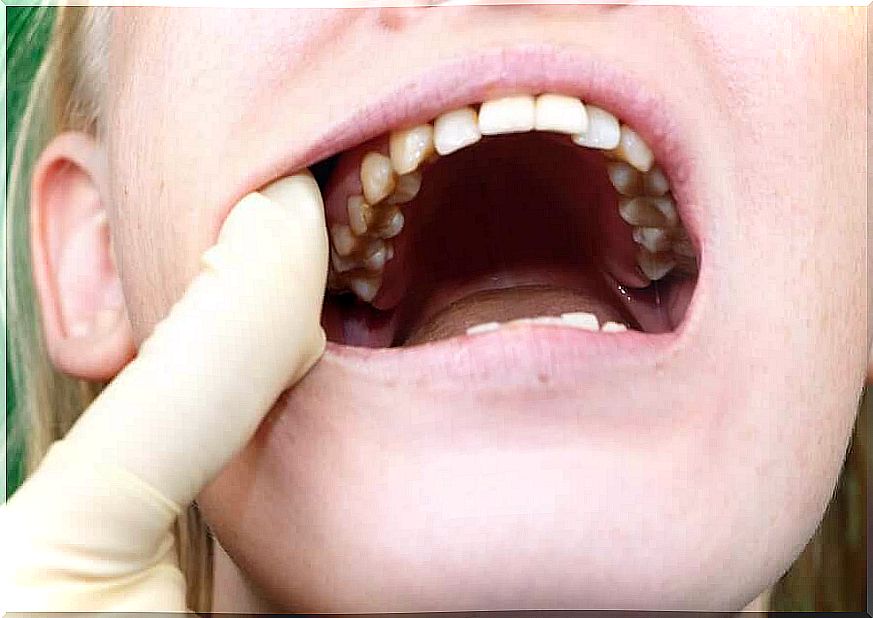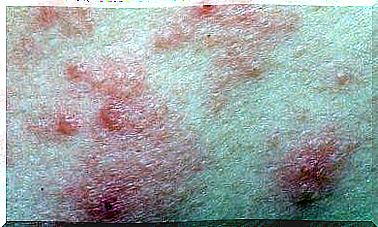The Damage Of Tobacco In The Mouth
Smoking has been scientifically shown to lead to a greater risk of oral cancer, oral lesions and periodontal disease. Do you want to know more? We give you more details in this article.

When smoking tobacco, the first place where this substance comes into contact with our body is the mouth. Therefore, its manifestations will be more evident there. The damage of tobacco is very numerous in the oral cavity.
By observing the teeth of any patient, a professional is able to distinguish with the naked eye whether or not he is a smoker. For this reason, one of its main objectives will be to prevent or reduce, as far as possible, smoking in its patients.
Oral manifestations in smokers
The oral manifestations in people who smoke may vary from one individual to another. Nevertheless, they generally present certain alterations which, beyond aesthetics, compromise health. We highlight some of the most important consequences.
- Color and stains on the surface of the teeth
- Skin wrinkles
- Bad breath
- Decreased taste
- Delay in wound healing
- Greater risk of suffering from periodontitis and gingivitis
- Problems in the osseointegration of dental implants
- Dramatically increased risk of oral cancer. This risk decreases significantly after 5 or 10 years without smoking
- Increased risk of oral thrush
- Spots on the cheeks, gums and palate
- Alterations in the composition and quantity of saliva produced
1. Dental aesthetics

Most smokers get stains on their teeth, dentures and dressings. These are often yellowish and brownish. In addition, they can be removed with ultrasonic cleaning. There are also the unsightly brown spots on the gums.
2. Taste and smell, one of the damages of tobacco
The majority of smokers have the senses of smell and taste dispelled by tobacco. For example, a smoker needs up to 12 or 14 times more salt in a dish in order to identify it as salty.
3. Wound healing
Some studies, like the one published in the Journal of Wound Ostomy & Continence Nursing , directly link smoking to longer healing, as well as increased post-operative pain and increased risk of infections. This is because tobacco produces vasoconstriction which reduces blood flow to the wound.
4. Periodontal disease
Patients who smoke are more likely to develop periodontitis, lose more bones and increase the depth of periodontal pockets. In addition, the risk of losing teeth is also greater because of tobacco. Although the patient receives treatment, the reaction to this treatment will be worse in people who smoke.
5. Dental implants
Smoking seriously compromises the success of dental implant treatment. Both in the short term in the integration of the implant with the bone, and in the long term by reducing life expectancy. On the other hand, patients who quit smoking one week before implant placement and eight weeks after have the same risk of failure rate as non-smokers.
6. Oral cancer, one of the damages of tobacco

The relationship between tobacco and oral cancer has been scientifically proven. The incidence of oral cancer is higher in men than in women. In addition, the consumption of alcohol and tobacco exponentially increases this risk.
7. Smoker’s melanosis
Tobacco pigments the oral mucosa and gums, causing brown spots. These spots are not malignant and go away about a year after you quit smoking.
8. Effects on saliva
The saliva of people who smoke contains substances found in tobacco smoke. The latter are potentially dangerous according to a publication in the Journal of Dentistry . A higher concentration of bacteria predisposing to dental caries, such as Streptococcus Mutans, has also been observed .
9. Cavities, one of the damages of tobacco
There is a direct link between smoking and tooth loss. This relationship may be due as much to periodontitis as to the increase of carcinogenic bacteria in saliva. All of this actually increases the risk of cavities.
Tobacco damage: conclusion …
Tobacco is responsible for a lot of damage in the mouth. Without forgetting all these problems and pathologies that it can cause at the level of general health. Like, for example, lung cancer, pulmonary emphysema, aneurysms, heart attacks, etc.
In addition to the addictive content and the damage it causes in passive smokers with the aspiration of smoke, scientific evidence shows that tobacco carries a greater risk of oral cancer, oral lesions and periodontal disease.
Finally, the best way to avoid these problems is to prevent by avoiding smoking and reducing the habit of people who are already addicted.









